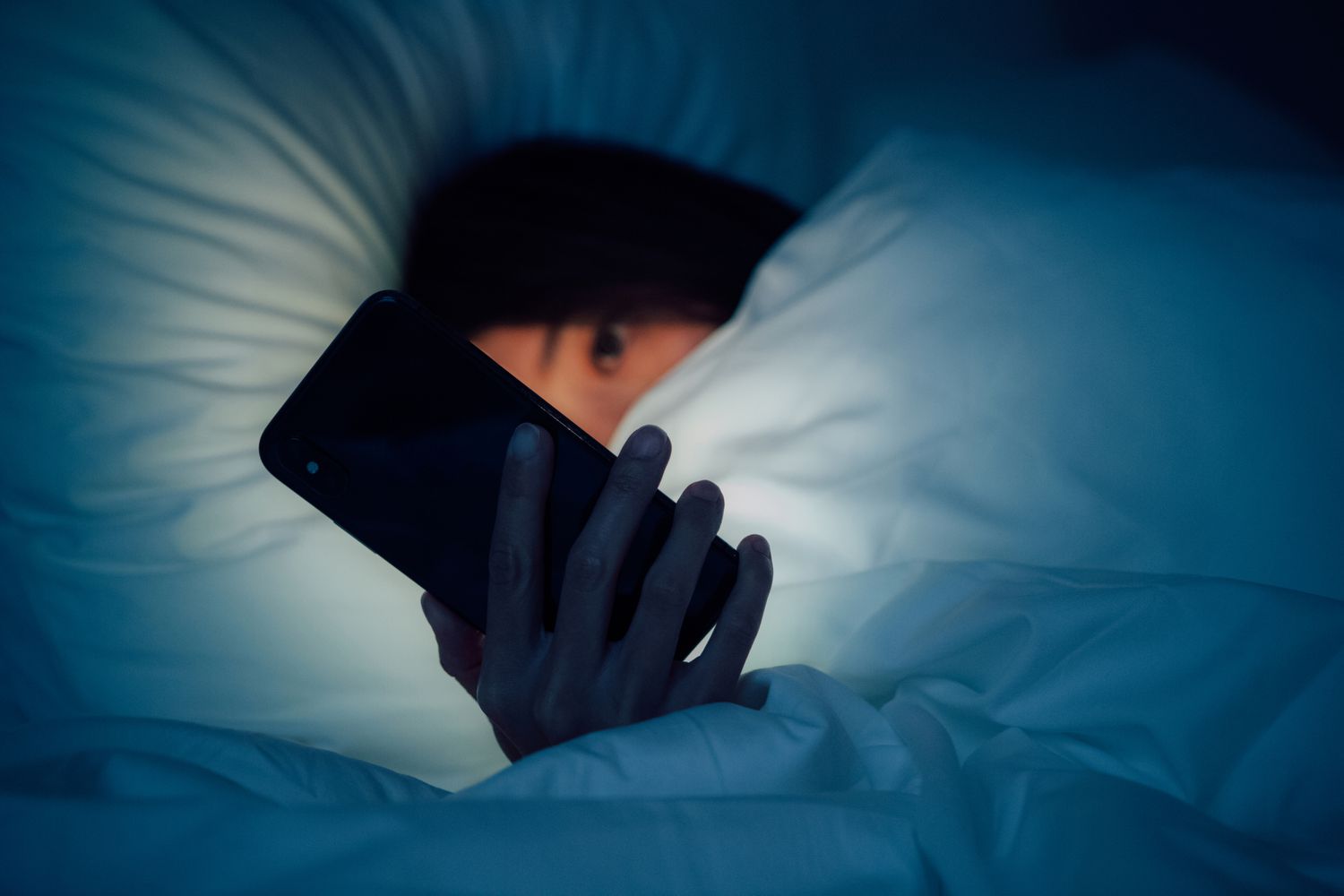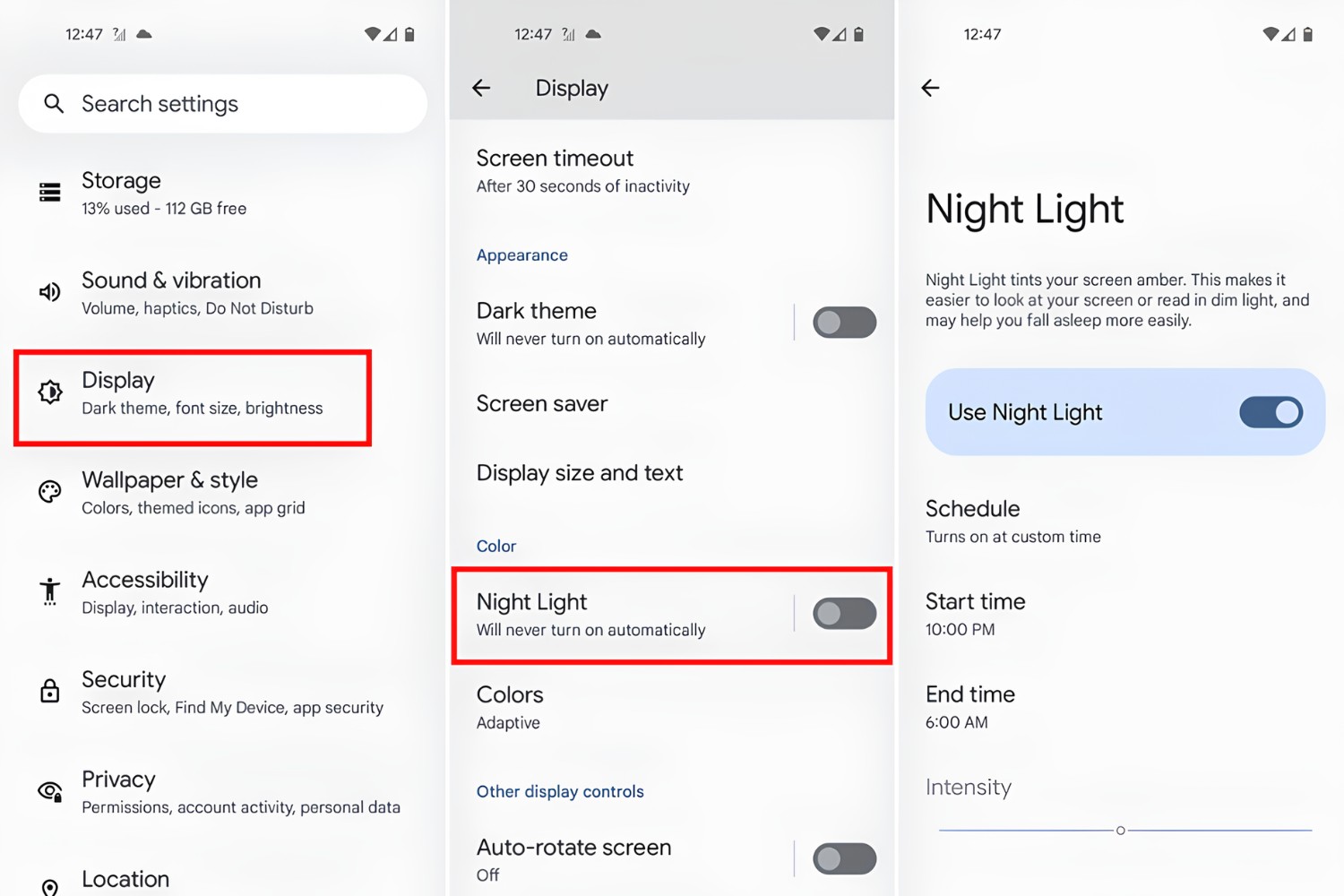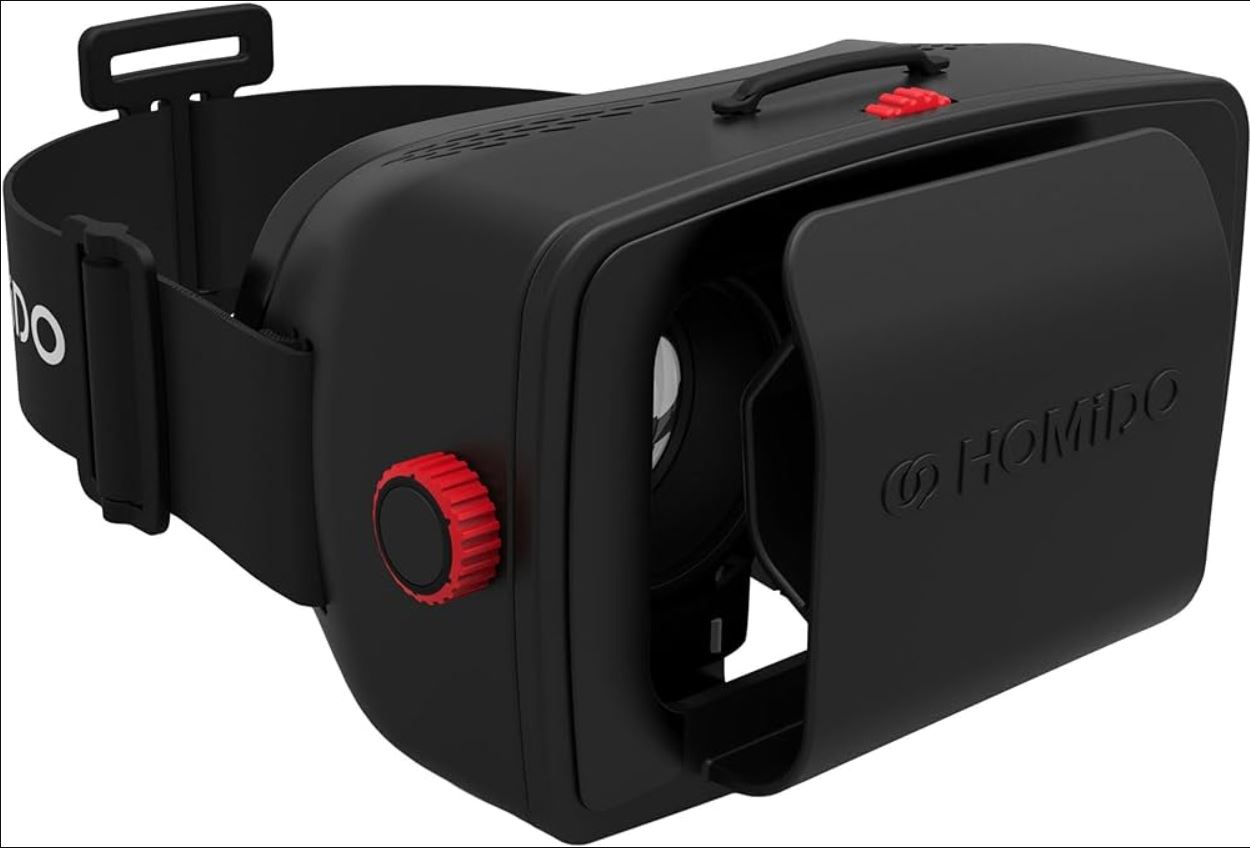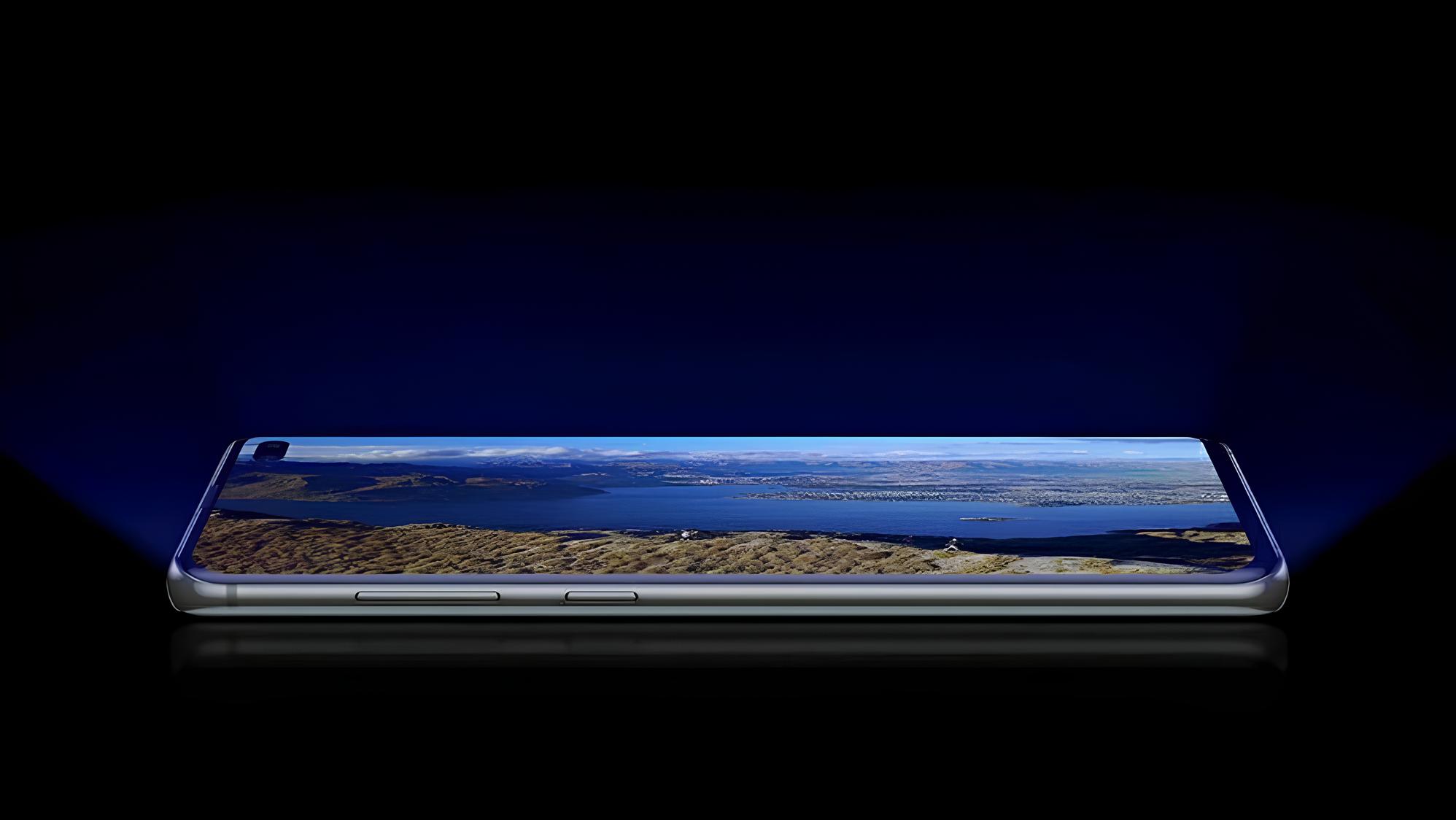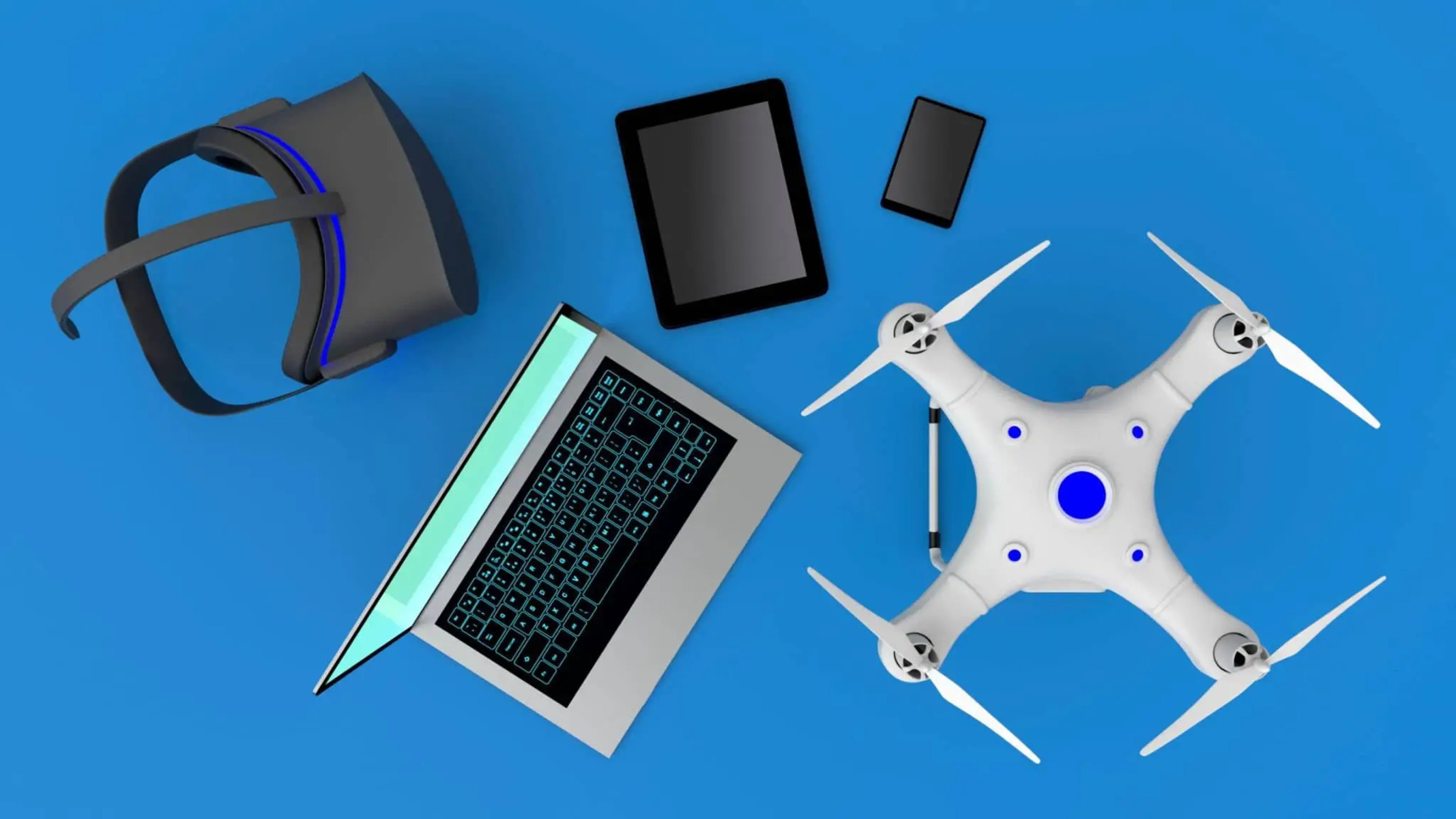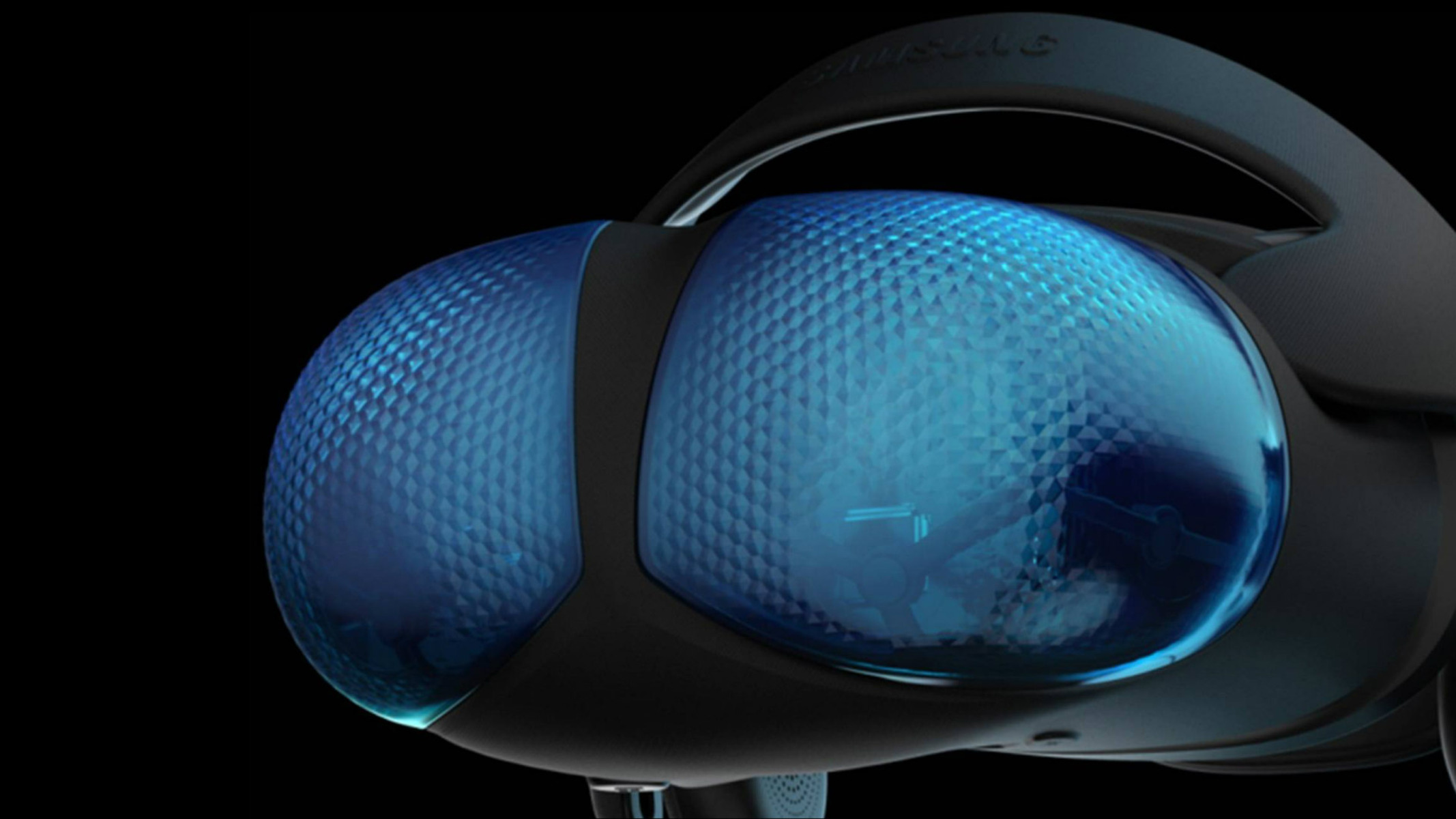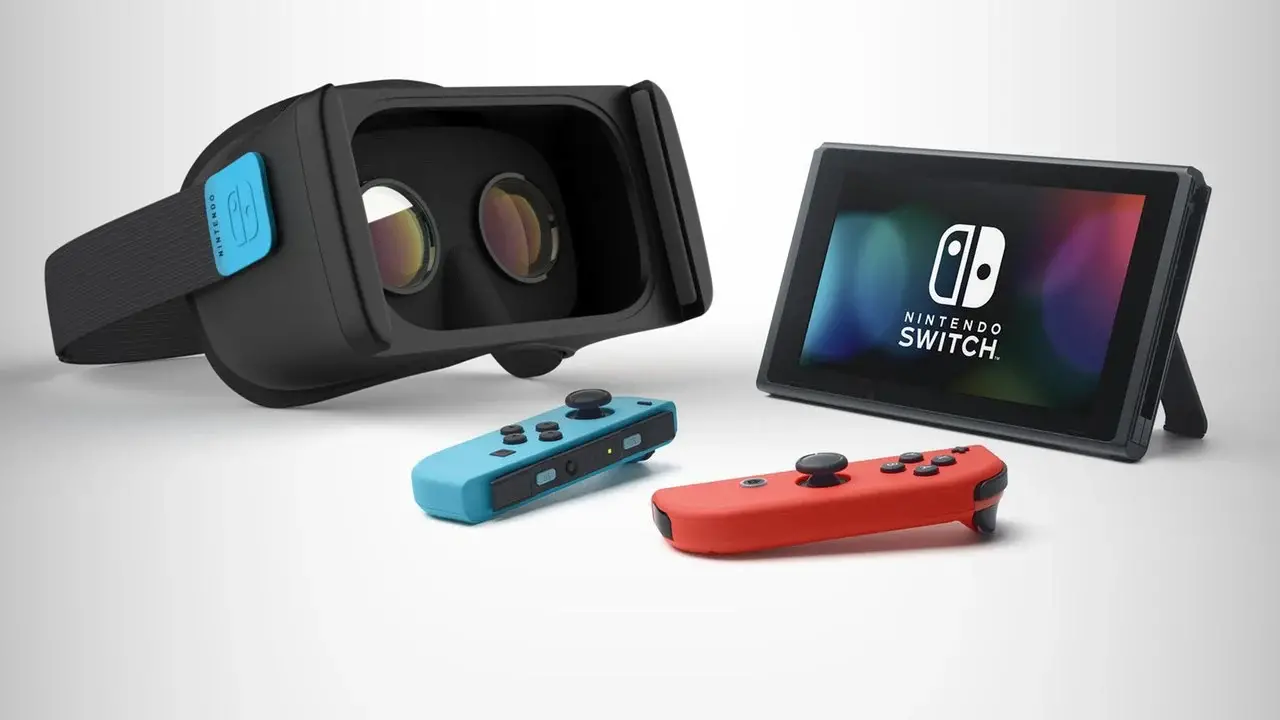Introduction
In today's digital age, smartphones have become an indispensable part of our daily lives. From staying connected with loved ones to accessing a wealth of information at our fingertips, these devices offer unparalleled convenience. However, the widespread use of smartphones has raised concerns about the potential health implications associated with prolonged screen time. One of the most discussed topics in this regard is the impact of blue light emitted by smartphone screens on our overall well-being.
Blue light is a high-energy, short-wavelength light that is emitted not only by smartphones but also by various other digital devices, LED lights, and the sun. While exposure to natural blue light during the day can have positive effects on our mood, alertness, and cognitive function, excessive exposure to artificial blue light, especially during evening hours, can disrupt our circadian rhythm and negatively impact our sleep quality.
As smartphone users, it's crucial to understand the potential effects of blue light on our health and well-being. By gaining insight into the impact of blue light and learning effective strategies to mitigate its adverse effects, we can make informed decisions to protect our overall wellness without sacrificing our digital connectivity.
In this comprehensive guide, we will delve into the significance of managing blue light exposure from smartphones. We'll explore the reasons why turning off blue light on your phone is essential for your health and provide step-by-step instructions for both iPhone and Android users on how to accomplish this. Additionally, we'll share valuable tips for reducing blue light exposure and optimizing your smartphone usage to promote a healthier digital lifestyle.
Join us as we embark on a journey to uncover the impact of blue light on our well-being and equip ourselves with practical knowledge to make the most of our smartphone experience while safeguarding our health. Let's take proactive steps to harness the power of technology without compromising our physical and mental wellness.
What is Blue Light and Its Effects on Your Health
Blue light is a high-energy, short-wavelength light that is emitted by various digital devices, including smartphones, tablets, and computers, as well as LED lights and the sun. While exposure to natural blue light during the day can have positive effects on our mood, alertness, and cognitive function, excessive exposure to artificial blue light, especially during evening hours, can disrupt our circadian rhythm and negatively impact our sleep quality.
The human eye is particularly sensitive to blue light, and prolonged exposure to screens emitting this type of light can lead to digital eye strain, also known as computer vision syndrome. This condition is characterized by symptoms such as eye discomfort, dryness, blurred vision, and headaches, which can significantly affect our visual comfort and productivity.
Moreover, research has shown that blue light exposure, particularly in the evening, can suppress the production of melatonin, a hormone that regulates our sleep-wake cycle. This disruption to our circadian rhythm can lead to difficulty falling asleep, decreased sleep quality, and subsequent daytime drowsiness. Over time, inadequate sleep can contribute to a range of health issues, including impaired cognitive function, mood disturbances, and an increased risk of chronic conditions such as obesity, diabetes, and cardiovascular disease.
In addition to its impact on sleep patterns, blue light has been linked to potential long-term effects on eye health. Some studies suggest that prolonged exposure to blue light may contribute to the development of age-related macular degeneration, a leading cause of vision loss in older adults. While more research is needed to fully understand the extent of these effects, it underscores the importance of managing our exposure to blue light, especially from digital screens.
As smartphone users, it's essential to be mindful of the potential effects of blue light on our overall well-being. By gaining a deeper understanding of how blue light can impact our health, we can take proactive steps to minimize its negative effects and prioritize our visual comfort and sleep quality. In the following sections, we will explore the significance of turning off blue light on your phone and provide practical guidance for achieving this on both iPhone and Android devices.
Why You Should Turn Off Blue Light on Your Phone
The pervasive use of smartphones has seamlessly integrated these devices into almost every aspect of our daily lives. From checking emails to scrolling through social media feeds, our reliance on smartphones often extends well into the evening hours. However, this prolonged exposure to the blue light emitted by smartphone screens can have significant implications for our health and well-being.
First and foremost, the impact of blue light on our sleep quality cannot be overstated. Our circadian rhythm, also known as the body's internal clock, is influenced by the presence or absence of light. When exposed to blue light, particularly in the evening, our bodies may interpret it as a signal to stay awake. This can disrupt the natural production of melatonin, the hormone responsible for regulating our sleep-wake cycle, leading to difficulty falling asleep and decreased overall sleep quality. By turning off blue light on your phone, especially during the evening hours, you can help mitigate these disruptive effects and support a more restful and rejuvenating sleep experience.
In addition to its impact on sleep patterns, prolonged exposure to blue light from smartphones can contribute to digital eye strain. The visual discomfort, dryness, and blurred vision associated with this condition can significantly affect our daily productivity and overall visual comfort. By reducing blue light exposure, you can alleviate the strain on your eyes and promote a more comfortable and sustainable screen-viewing experience.
Furthermore, the potential long-term effects of blue light on eye health cannot be overlooked. Research suggests that prolonged exposure to blue light, especially at high intensities, may contribute to the development of age-related macular degeneration, a leading cause of vision loss. By proactively managing your blue light exposure, you can take a proactive step towards preserving your long-term eye health and minimizing the potential risks associated with excessive screen time.
By understanding the compelling reasons to turn off blue light on your phone, you can empower yourself to make informed choices about managing your digital device usage. In the following sections, we will delve into practical instructions for both iPhone and Android users on how to effectively reduce blue light exposure and optimize their smartphone experience to prioritize health and well-being.
How to Turn Off Blue Light on Your iPhone
Turning off blue light on your iPhone involves utilizing a feature known as Night Shift. This functionality is designed to reduce the amount of blue light emitted by your device's screen, thereby promoting a more comfortable viewing experience, especially during evening hours.
Here's a step-by-step guide to enable Night Shift on your iPhone:
-
Access Display & Brightness Settings: Begin by unlocking your iPhone and navigating to the "Settings" app, which is represented by a gear icon. Tap on "Display & Brightness" to proceed to the next step.
-
Activate Night Shift: Within the "Display & Brightness" settings, locate the "Night Shift" option. Tap on this feature to access its settings.
-
Adjust Night Shift Schedule: You can choose to enable Night Shift manually or set a custom schedule based on your preferences. If you opt for a custom schedule, you can specify the start and end times for Night Shift to automatically activate and deactivate, aligning with your typical evening hours.
-
Fine-Tune Color Temperature: Night Shift allows you to adjust the color temperature of your device's display to suit your visual comfort. By moving the "Color Temperature" slider, you can modify the warmth of the screen to reduce blue light exposure further.
-
Enjoy Reduced Blue Light: Once you've configured Night Shift settings to your liking, your iPhone will automatically reduce the amount of blue light emitted by the display, creating a warmer and more eye-friendly visual environment, particularly during nighttime usage.
By following these simple steps, you can effectively turn off blue light on your iPhone and enhance your viewing experience while minimizing the potential impact on your sleep quality and visual comfort. With Night Shift activated, you can enjoy the benefits of reduced blue light exposure without compromising the functionality and utility of your iPhone.
Implementing these measures can significantly contribute to a healthier digital lifestyle, allowing you to harness the power of technology while prioritizing your well-being. Now that you've mastered the process of turning off blue light on your iPhone, let's explore how Android users can achieve a similar outcome on their devices.
Remember, taking proactive steps to manage blue light exposure from your smartphone can have a meaningful impact on your overall health and visual comfort. By incorporating these adjustments into your digital routine, you can optimize your smartphone experience while safeguarding your well-being.
How to Turn Off Blue Light on Your Android Phone
Managing blue light exposure on your Android phone can significantly contribute to a more comfortable and visually friendly screen-viewing experience, especially during evening hours. Android devices offer a built-in feature known as "Night Light" or "Blue Light Filter," which allows users to reduce the amount of blue light emitted by the screen. By enabling this functionality, you can create a warmer and more eye-friendly display, minimizing the potential impact on your sleep quality and visual comfort.
Here's a detailed guide on how to turn off blue light on your Android phone:
-
Access Display Settings: Start by unlocking your Android phone and accessing the "Settings" app, typically represented by a gear or cogwheel icon. Scroll through the settings options and locate "Display" or "Display & Brightness" to proceed to the next step.
-
Activate Blue Light Filter: Within the "Display" settings, look for the "Blue Light Filter," "Night Light," or a similar feature that is designed to reduce blue light emissions from your device's screen. Tap on this option to access its settings.
-
Adjust Intensity and Schedule: Once you've accessed the blue light filter settings, you can adjust the intensity of the filter to suit your visual comfort. Additionally, many Android devices allow users to set a custom schedule for the blue light filter, enabling automatic activation and deactivation based on specific times of the day.
-
Fine-Tune Color Temperature: Some Android phones provide the option to fine-tune the color temperature of the display when the blue light filter is active. By adjusting the color temperature, you can further customize the warmth of the screen to reduce blue light exposure according to your preferences.
-
Experience Reduced Blue Light: After configuring the blue light filter settings, your Android phone will automatically reduce the amount of blue light emitted by the display, creating a more soothing and visually comfortable environment, particularly during nighttime usage.
By following these straightforward steps, you can effectively turn off blue light on your Android phone and optimize your screen-viewing experience to prioritize your health and well-being. With the blue light filter activated, you can enjoy the benefits of reduced blue light exposure without compromising the functionality and usability of your Android device.
Implementing these measures can significantly contribute to a healthier digital lifestyle, allowing you to make the most of your smartphone while safeguarding your overall well-being. By proactively managing blue light exposure from your Android phone, you can enhance your visual comfort and promote better sleep quality, ultimately contributing to a more balanced and sustainable digital experience.
Tips for Reducing Blue Light Exposure
-
Use Blue Light Filtering Apps: Consider installing blue light filtering apps on your smartphone, which can effectively reduce the amount of blue light emitted by the screen. These apps often offer customizable settings to adjust the intensity of the blue light filter, allowing you to tailor the screen warmth to your visual comfort.
-
Wear Blue Light Blocking Glasses: Invest in blue light blocking glasses designed to minimize the impact of blue light on your eyes. These specialized glasses can be particularly beneficial when using your smartphone in the evening, providing an additional layer of protection against excessive blue light exposure.
-
Adjust Screen Brightness: Lower the brightness of your smartphone screen, especially during evening and nighttime usage. By reducing screen brightness, you can help mitigate the intensity of blue light emitted by the display, creating a more subdued and visually comfortable viewing environment.
-
Limit Screen Time Before Bed: Establish a digital curfew by reducing your smartphone usage in the hours leading up to bedtime. Minimizing screen time before bed can help reduce your overall blue light exposure and support the natural transition to a restful and uninterrupted sleep.
-
Enable Dark Mode: Many smartphones offer a dark mode or night mode feature that utilizes darker color schemes to reduce the strain on your eyes, especially in low-light conditions. Activating dark mode can complement other blue light reduction strategies and enhance your overall visual comfort.
-
Create a Relaxing Bedtime Routine: Incorporate calming activities into your evening routine, such as reading a physical book, practicing relaxation techniques, or engaging in gentle stretches. By shifting away from screen-based activities, you can minimize blue light exposure and prepare your mind and body for a tranquil transition to sleep.
-
Opt for Warm Lighting: When using your smartphone in the evening, consider utilizing warm, ambient lighting in your surroundings. This can help offset the impact of blue light emitted by the screen and create a more soothing visual environment, promoting a sense of relaxation and comfort.
-
Take Regular Screen Breaks: Implement a habit of taking regular breaks from your smartphone screen, allowing your eyes to rest and recover from prolonged exposure to blue light. Incorporating brief intervals of screen-free time throughout your day can contribute to reducing digital eye strain and optimizing visual comfort.
By incorporating these practical tips into your daily routine, you can effectively reduce your exposure to blue light from your smartphone and promote a healthier digital lifestyle. Prioritizing your visual comfort and sleep quality is essential in today's technology-driven world, and by implementing these strategies, you can empower yourself to strike a balance between digital connectivity and overall well-being.
Conclusion
In conclusion, the pervasive use of smartphones has revolutionized the way we connect, communicate, and access information. However, the widespread adoption of these devices has also raised concerns about the potential health implications associated with prolonged screen time and exposure to blue light. As we've explored in this comprehensive guide, understanding the impact of blue light on our health and well-being is crucial for making informed choices about managing our smartphone usage.
By delving into the significance of turning off blue light on our phones, we've gained valuable insights into the potential effects of blue light on our sleep quality, visual comfort, and long-term eye health. The disruptive impact of blue light on our circadian rhythm highlights the importance of minimizing exposure, especially during evening hours, to support a more restful and rejuvenating sleep experience. Additionally, the potential long-term effects of blue light on eye health underscore the significance of taking proactive steps to reduce blue light exposure from our smartphones.
Through the step-by-step instructions provided for both iPhone and Android users, we've empowered individuals to effectively turn off blue light on their devices using features such as Night Shift and Blue Light Filter. By implementing these adjustments, users can create a more visually friendly screen-viewing environment and minimize the potential impact on their overall health and well-being.
Furthermore, the practical tips for reducing blue light exposure offer actionable strategies for optimizing smartphone usage and promoting a healthier digital lifestyle. From utilizing blue light filtering apps to establishing a digital curfew and incorporating calming bedtime routines, individuals can proactively manage their blue light exposure and prioritize their visual comfort and sleep quality.
In essence, the journey to uncover the impact of blue light on our well-being has equipped us with the knowledge and tools to make the most of our smartphone experience while safeguarding our health. By integrating these insights and practical guidance into our daily routines, we can strike a balance between harnessing the power of technology and prioritizing our overall wellness.
As we navigate the digital landscape, let's remain mindful of the importance of managing blue light exposure from our smartphones. By taking proactive steps to reduce blue light exposure and optimize our screen-viewing experience, we can embrace the benefits of technology while safeguarding our visual comfort, sleep quality, and long-term eye health.
In this era of digital connectivity, let's empower ourselves to make informed choices and cultivate a healthier relationship with our smartphones, ensuring that our well-being remains at the forefront of our digital experiences.







